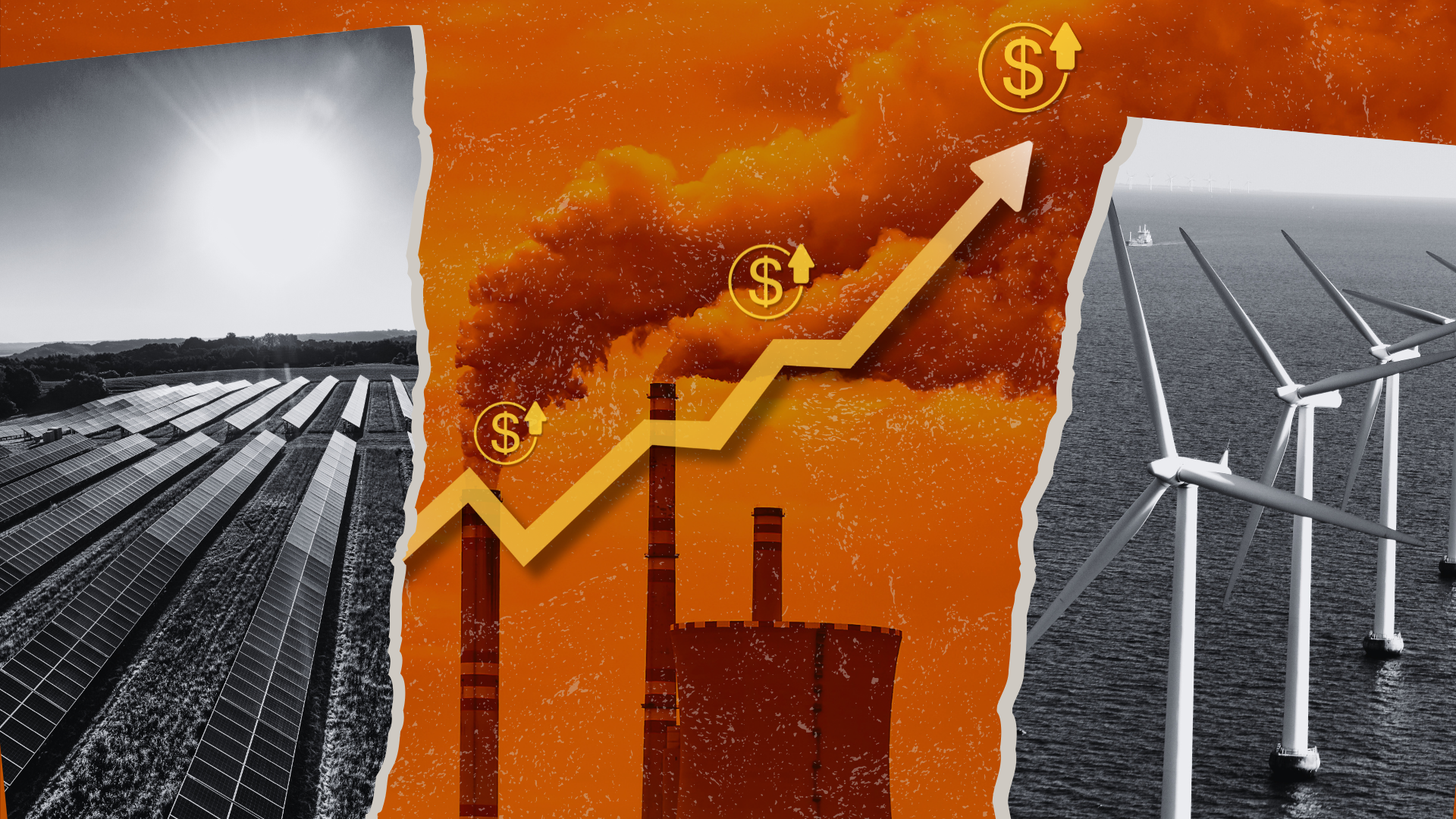Algae: A Promising Source of Fuel?
 This post is by Miriam Horn, a writer at Environmental Defense Fund and co-author of the New York Times bestseller, Earth: The Sequel.
This post is by Miriam Horn, a writer at Environmental Defense Fund and co-author of the New York Times bestseller, Earth: The Sequel.
Who would have thought that algae (a.k.a. pond scum) – the microscopic plants whose "blooms" choke off life in lakes and estuaries – would emerge as the hottest new energy crop?
But sure enough, dozens of start-ups, backed by millions of dollars in venture capital, are racing to find the best way to turn algae into fuel, with exciting results.
This isn’t a new idea. The Department of Energy (DOE) began exploring algal biodiesel in 1978 during the Carter Administration (see history [PDF]). But that effort was abandoned a decade ago. Government researchers concluded that algal biodiesel could never be produced cheaply enough to compete with petroleum.
Now DOE’s National Renewable Energy Lab has resurrected its algal fuel program, alongside a rush in the private sector. What changed in the last ten years?
- The price of oil more than tripled.
- Wars and hostile regimes in oil-producing nations raised energy-independence as a national security concern.
- Europe and the other Kyoto signatories capped carbon.
- California set a Low Carbon Fuel Standard, accelerating demand for low-carbon fuels.
- Advances in bioengineering enabled much higher algae yields.
Algae-based biofuels are not yet being made at scale. Researchers are still working out engineering and process challenges, and algae-based fuels still cost more than petroleum-based fuels. But that may soon change.
A Uniquely Well-Suited Fuel Source
Algae are extraordinarily adaptable creatures. They can grow almost anywhere, including land utterly unsuited for agriculture. Since they don’t have to compete against food crops for land, they avoid the problems this can cause: spiraling grain prices, food shortages, and conversion of tropical forests and wildlife habitat to plantations and cropland.
These single-celled wonders also have other notable virtues:
- Algae are stunningly productive – the fastest growing plants on Earth. They can double in mass in just a few hours, allowing daily harvest.
- Algae are oily and compact, producing 30 times more oil per acre than sunflowers or rapeseed.
- Algae don’t need fresh water, and can thrive in water that’s boiling, salty, frozen, or contaminated – even in sewage.
- Algae can eat pollution. They neutralize acids, split the nitrogen oxides that cause smog into harmless nitrogen and oxygen, and convert carbon dioxide (global warming pollution) into oxygen and biomass.
When algae are harvested, their lipids can be turned into biodiesel (main product), starches into ethanol, and proteins into animal feed.
Ray Hobbs, who runs the Future Fuels program for Arizona Public Service, describes algae this way (quoted in Earth: The Sequel, page 112):
You are looking at the origins of life, an organism that has survived for three and a half billion years and created the conditions for other life to emerge. They are the root of the food chain. And so elegant. Single-celled algae can crack water with a photon into hydrogen and oxygen, then metabolize that hydrogen with carbon dioxide to sugar. We can’t do that. We can’t even fully understand it.
Three Ways to Grow Algae for Biofuel
Innovators are exploring three main ways to produce biofuels from algae:
Growing algae photosynthetically in open ponds (lowest cost, lowest control)
This is the line of experimentation started by DOE. Open ponds are cheap, but must contend with invasive species. Also, water demands are high due to evaporation.
Growing algae photosynthetically in closed bioreactors (higher cost, more control)
Algae "bioreactors" are enclosed containers exposed to sunlight. Closed bioreactors prevent contamination by unwanted species and reduce water use. But they cost more than open ponds because of the need for "photomodulation" – exposing the algae to just the right amount of light.
Bioreactor systems have another important advantage: they can capture and reuse waste CO2 from coal plants and other industrial processes. Skeptics note that when the algae are burned, they release the captured carbon into the atmosphere. But because algal fuel displaces petroleum fuel, net carbon emissions are significantly reduced.
Growing algae in the dark through fermentation (highest cost, highest control)
This is the approach of Solazyme in San Franciso. When algae are grown photosynthetically, they manufacture their own sugar from water, air, and light. Solazyme turns off photosynthesis by growing them in complete darkness and feeding them sugar.
Feeding sugar makes the algae produce more oil. Plus the energy-dense food allows the algae to be grown in much higher concentrations, reducing costs and easing harvest. On the downside, it puts the process back in competition with food crops, undercutting one of algal fuel’s unique strengths.
You can read a detailed profile of one company exploring the algae frontier, and interviews with the founders, in our new book, Earth: The Sequel.












One Comment
There are many people developing open source algae reactors and processing info on the web. Check out algaegeek.com as a great example. http://algaegeek.com